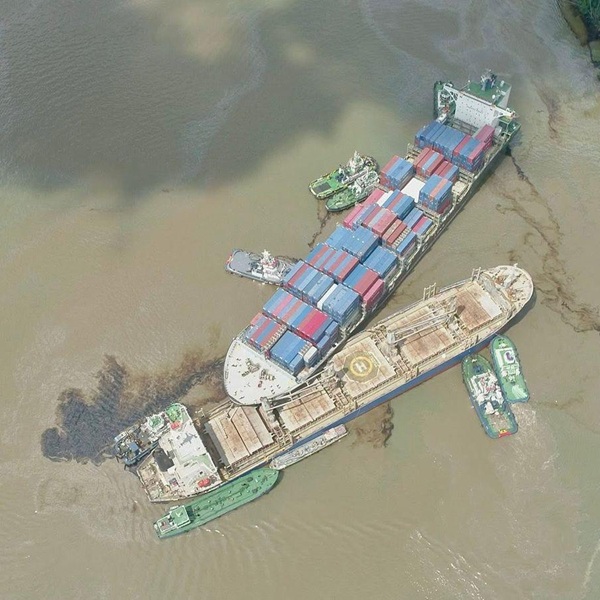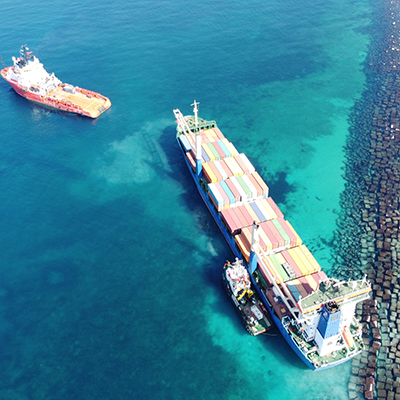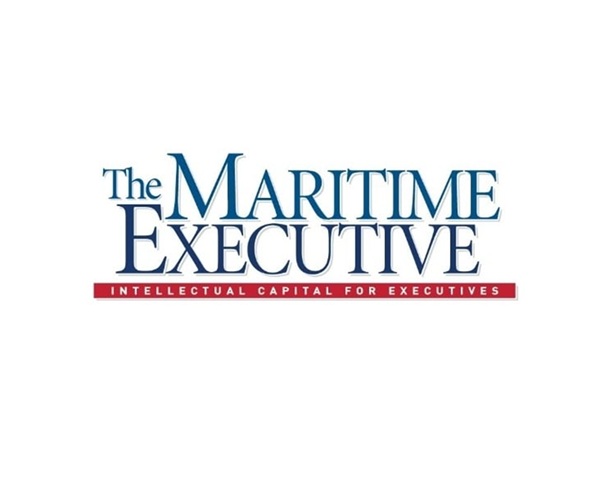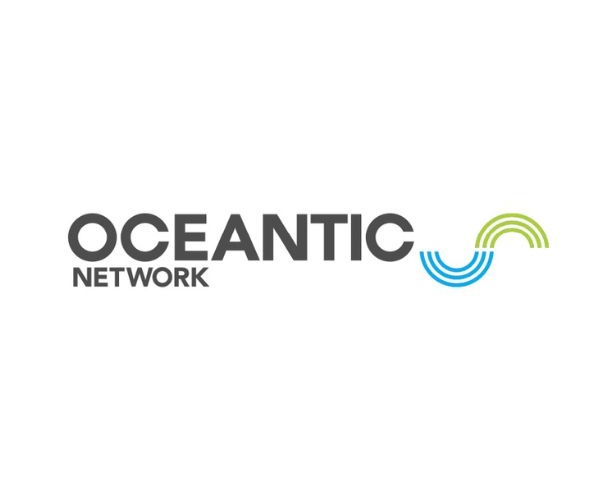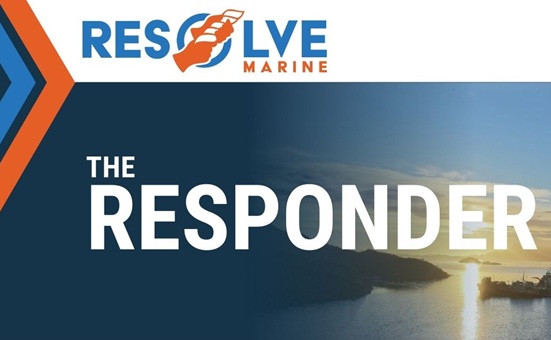
An interview with a naval architect
In an interview with Mara DuVernois, Naval Architect at Resolve Marine, we learned about what makes salvage such a different career track for this field of expertise, a summer trip in her youth that influenced a career and where in the world she’s travelled.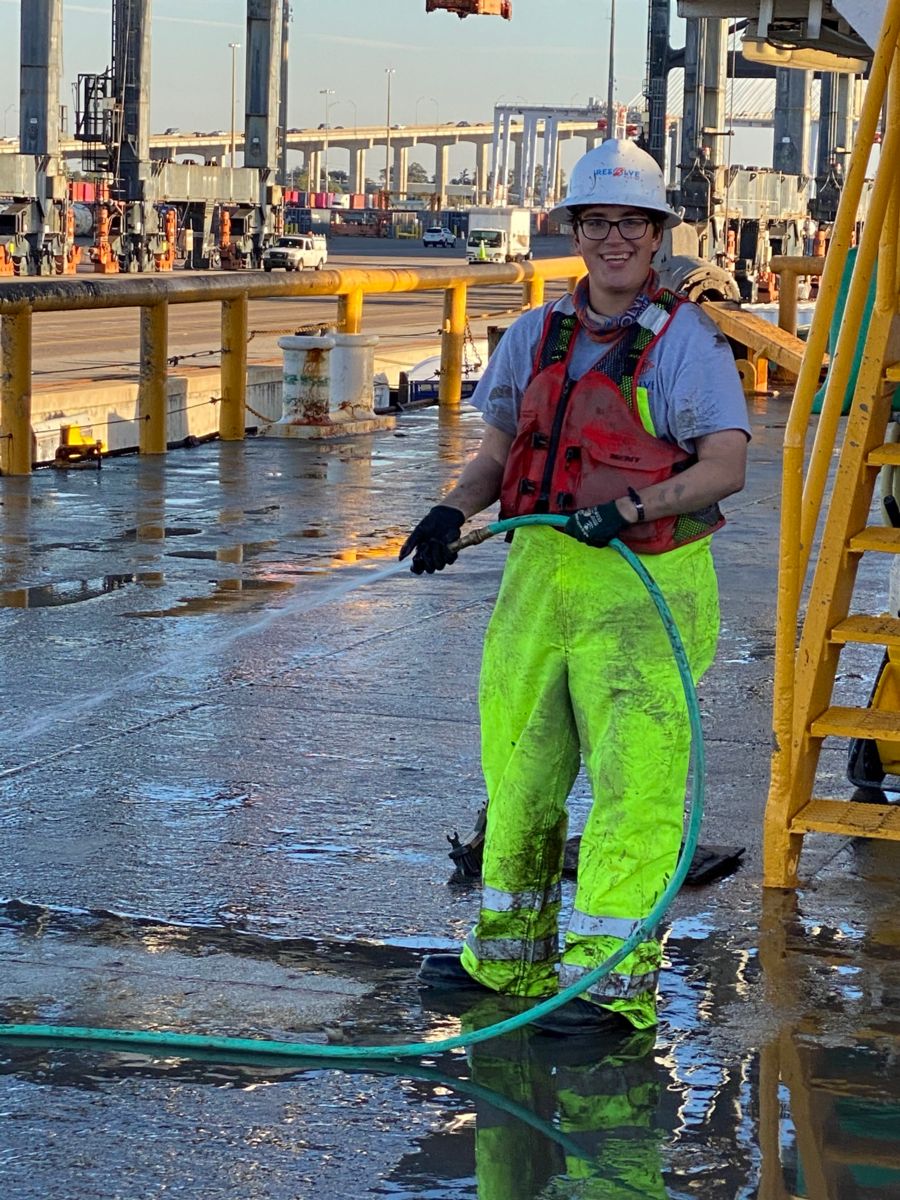
You earned a degree in naval architecture and marine engineering. What influenced you to choose that career path?
I’ve always been interested in the technical side of things. An important backdrop for me in making the critical college decision and was influenced by a boating experience when I was young. In researching colleges, I found Webb Institute and learned about the marine field as an area to study. It was a route that seemed fitting at the time. Looking back, it was 100% the right decision.
What boating experience influenced you?
It was a sailing trip to the Apostle Islands (in Bayfield, Wisconsin) during a YMCA summer camp when I was 13 years old.
What type of attributes help naval architects succeed?
It’s a combination of factors: a positive attitude, commitment and a teamwork-oriented approach to problem solving. Salvage work requires complex solutions and the ability to work within tight timeframes. And often, the first answer isn’t the best answer. Working as a team, we can be intentional about what is prioritized, the outcomes, and then game out possible solutions. What we do can’t be done in a vacuum. There are many stakeholders involved and all aim to achieve a successful result.
For a naval architect, is working for a salvage company different than working for another type of company in the maritime industry?
It’s vastly different. Working in this industry means no two days are the same. There are days when I wake up and don’t know that in 48 hours I’m going to be in the southern hemisphere on a project where a ship has been on fire for days. There is no typical day or week in marine salvage. I might start the day doing a refloat model, then in the afternoon I’m out in a small boat with a GPS to identify and mark where to drop mooring points. The next day, I might be working a dive control, helping a diver route targets, then moving on to risk classification on the cargo manifest. I write reports, I work on drawings, document survey results or am out on deck physically doing the rigging.
Are drawings all computerized?
Most formal drawings are computerized. But generally, on a job site, we’re going to sketch out some ideas. This is where teamwork really comes to play in getting instant feedback from colleagues who are more senior or have different experiences. Sketches are a valuable tool.
Resolve Marine has identified two tracks to advance to Master Mariner. The first, from diver to barge foreman then obtaining a captain’s license and moving to Master Mariner. The second is from the technical side: naval architect to project manager to earning a captain’s license. What’s the track for your advancement?
I see the opportunity in getting field experience and then working my way through the office side. This offers a chance to learn multiple sides of the business. Commercial skills, operational skills and safety are all elements to master as well. Everything in salvage is built on decades of experience. I’ve a long list of things to learn and am excited to be surrounded by colleagues who teach and share what they know.
Do you get called in the middle of the night to assist teams offshore?
Yes, I’ve had my share of late night calls. The phone is always on.
What do you find most challenging about your work? What are you passionate about?
A challenge is building knowledge and capabilities. Experience is both valuable and vital in this industry and can’t be understated. Especially since every job is different. I’m fortunate to work with incredibly experienced, multi-national salvage teams around the world. That builds my skillset. The answer to what am I passionate about is: everything. It’s also about the people at Resolve Marine. The leadership and those that mentor and challenge me.
During college you landed an internship working as an engine room cadet in Antarctica for two months. Tell us more!
I worked in the engine room of the tanker - doing rounds, fixing the sewage plant, scrubbing heat exchanger plates, just about everything. It was a fantastic, hands-on learning experience. During a cargo offload, I saw McMurdo Station (77°50′47″S 166°40′06″E).
What’s the most interesting job you’ve worked on while at Resolve Marine?
One that comes to mind was a job offshore Malaysia. A multi-faceted project, I was involved with working with dive teams that came from all over the world and observed saturation diving and sat in the dive control. I also saw the engineering approach, from hot tapping to complex rigging to heavy lift operations. And the sunrises and sunsets in the eastern hemisphere are pretty spectacular.
Working on the Zim Kingston job was my first interaction with marine firefighting and our Seattle-based firefighting team. On that job, I learned how our operations teams interact with multiple stakeholders on a project: from government agencies to First Nations to shipowners to first responders. (Editor's note that Mara holds both Basic and Advanced Marie firefighting certifications from Resolve Academy).

